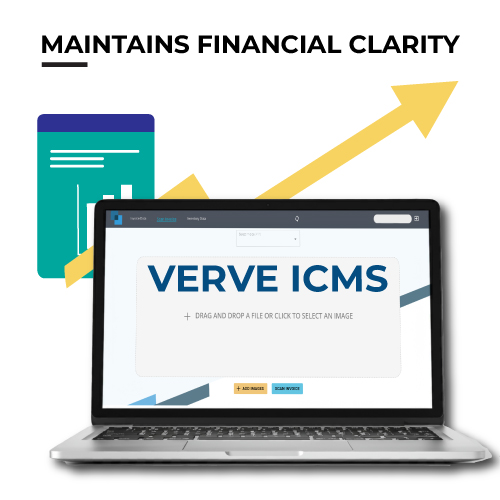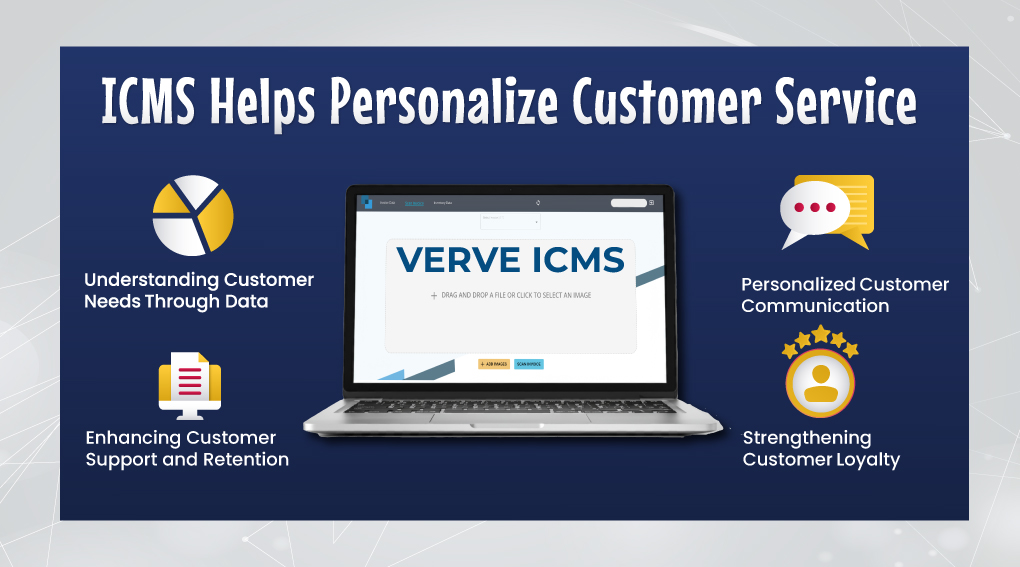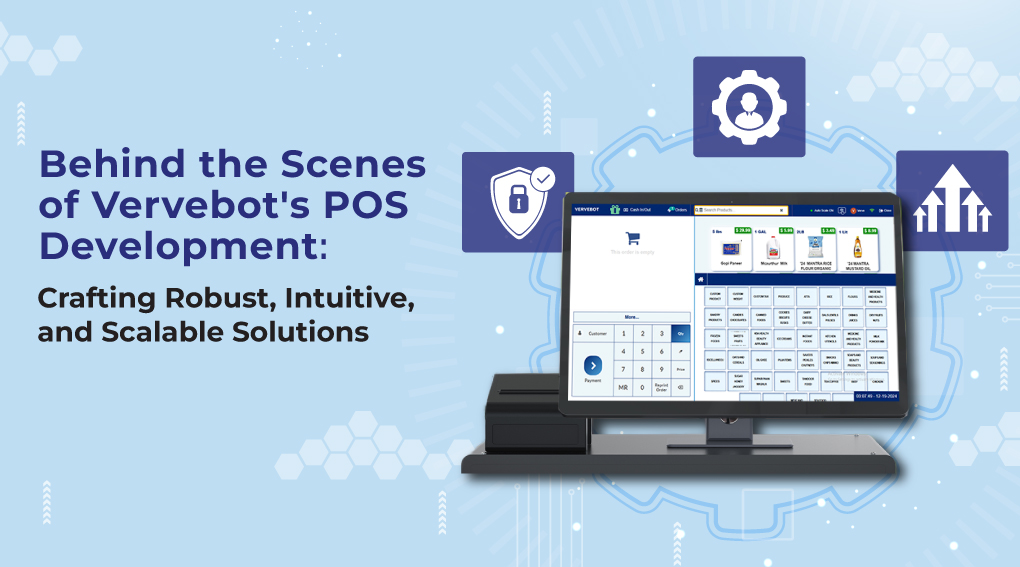In the digital age, convenience and safety go hand-in-hand—especially regarding payments. With rising consumer expectations and a stronger emphasis on hygiene, contactless payments have rapidly become the norm across retail and service industries. At Vervebot, we’ve built Verve POS to meet these changing needs with innovative, secure, and seamless contactless solutions.
Here’s how Verve POS helps businesses prioritize customer safety while delivering a smooth checkout experience.
Tap-to-Pay Support with NFC Technology
Verve POS is fully equipped with Near Field Communication (NFC), enabling tap-to-pay options for credit and debit cards, smartphones, and smartwatches. Customers can wave or tap their device on the terminal without touching surfaces or exchanging cash.
Bonus: Transactions are encrypted and tokenized for maximum security.
Mobile Wallet Integration
Our system supports popular digital wallets such as:
- Apple Pay
- Google Pay
- Samsung Pay
This speeds up the checkout process and ensures zero-contact transactions, which are faster, cleaner, and more convenient for modern consumers.
QR Code Payments for Safe, Touch-Free Shopping
Verve POS allows you to generate QR codes for payment, perfect for scan-and-pay setups in restaurants, cafes, and retail stores. Customers scan the code, enter the amount, and complete the payment through their mobile wallet—no physical contact is needed.

Digital Receipts to Reduce Touchpoints
Minimize unnecessary contact with paper by offering email or SMS receipts directly from Verve POS. It’s eco-friendly and a hygienic alternative to printed receipts, making customers feel safer and more comfortable.
Real-Time Analytics to Monitor Safety Trends
Track customer behaviour and transaction types with real-time reports and dashboards. See how many customers are using contactless options and adapt your strategies accordingly. Verve POS gives you insights into making more intelligent, safer decisions.
Safe Checkout for Staff and Customers Like
With Verve POS, your employees can maintain safe distances during transactions. Many businesses also implement self-checkout kiosks powered by Verve POS, giving customers complete control over their purchases in an utterly contactless experience.
Why Contactless Matters
In a world more conscious about hygiene and safety than ever, offering contactless payments isn’t just a luxury—it’s a necessity. Businesses that adapt to this shift improve customer satisfaction and build long-term trust.

Verve POS: Built for a Safer, Smarter Future
Whether you run a retail store, restaurant, or service business, Verve POS gives you the tools to protect your customers, empower your staff, and embrace the future of contactless commerce.
✅ Fast, secure, and touch-free transactions
✅ Seamless mobile wallet support
✅ Smart safety integrations that keep your business ahead
Upgrade your checkout experience today.
Choose Verve POS for safety, speed, and success.
📞 Contact us now for a free demo or consultation.












